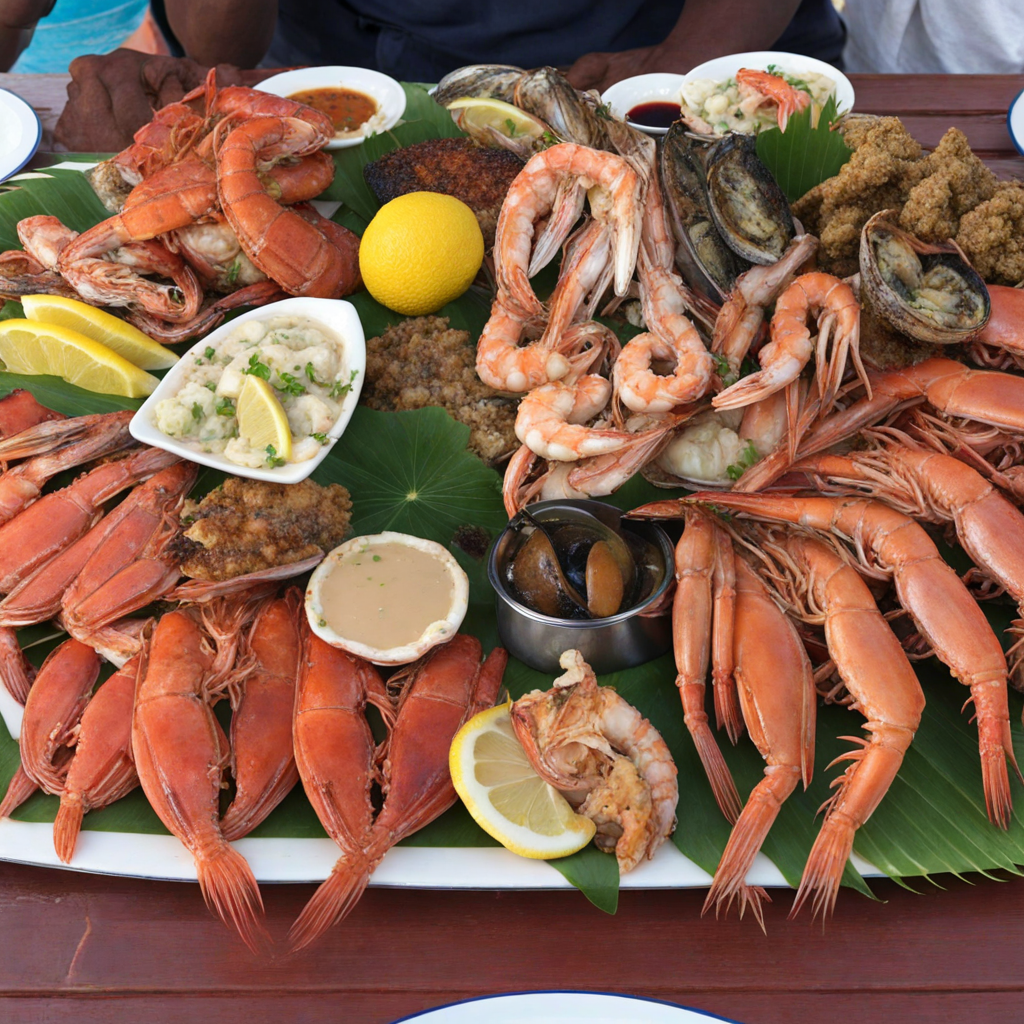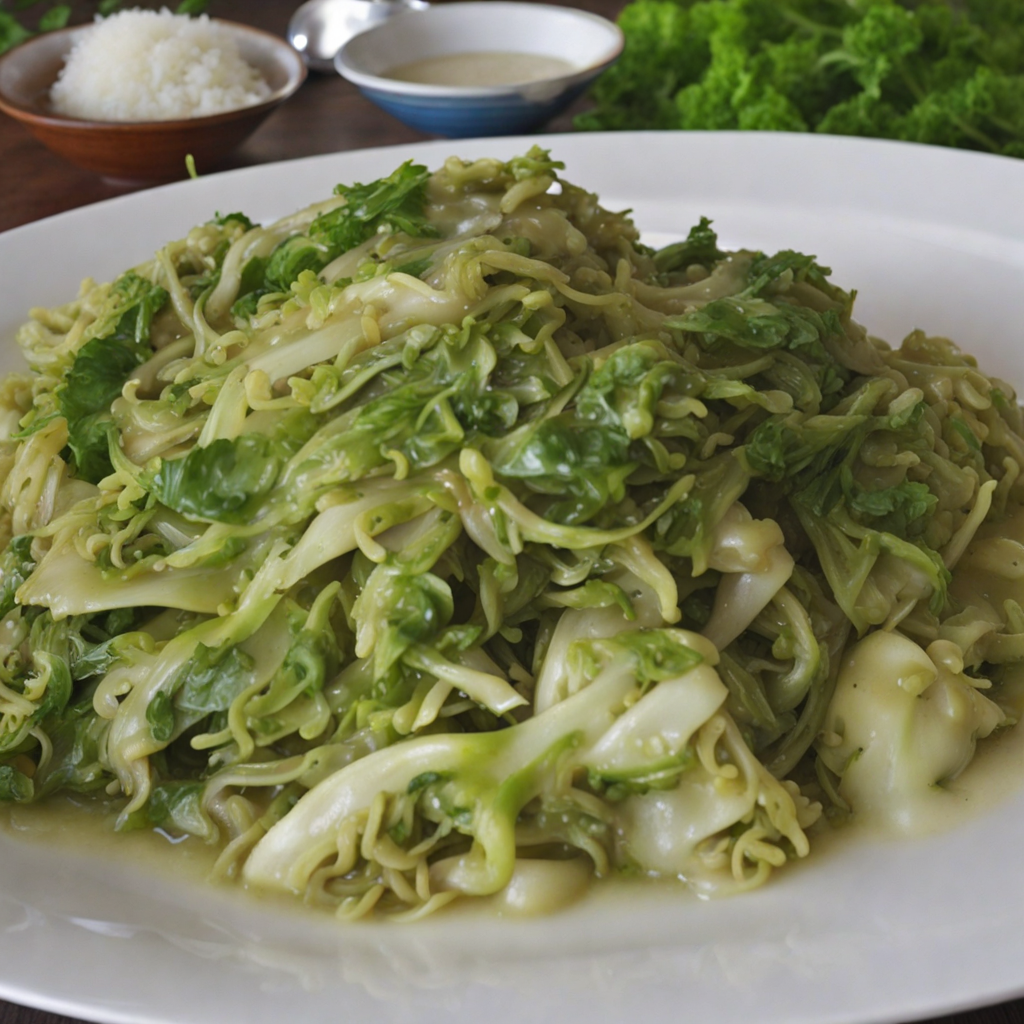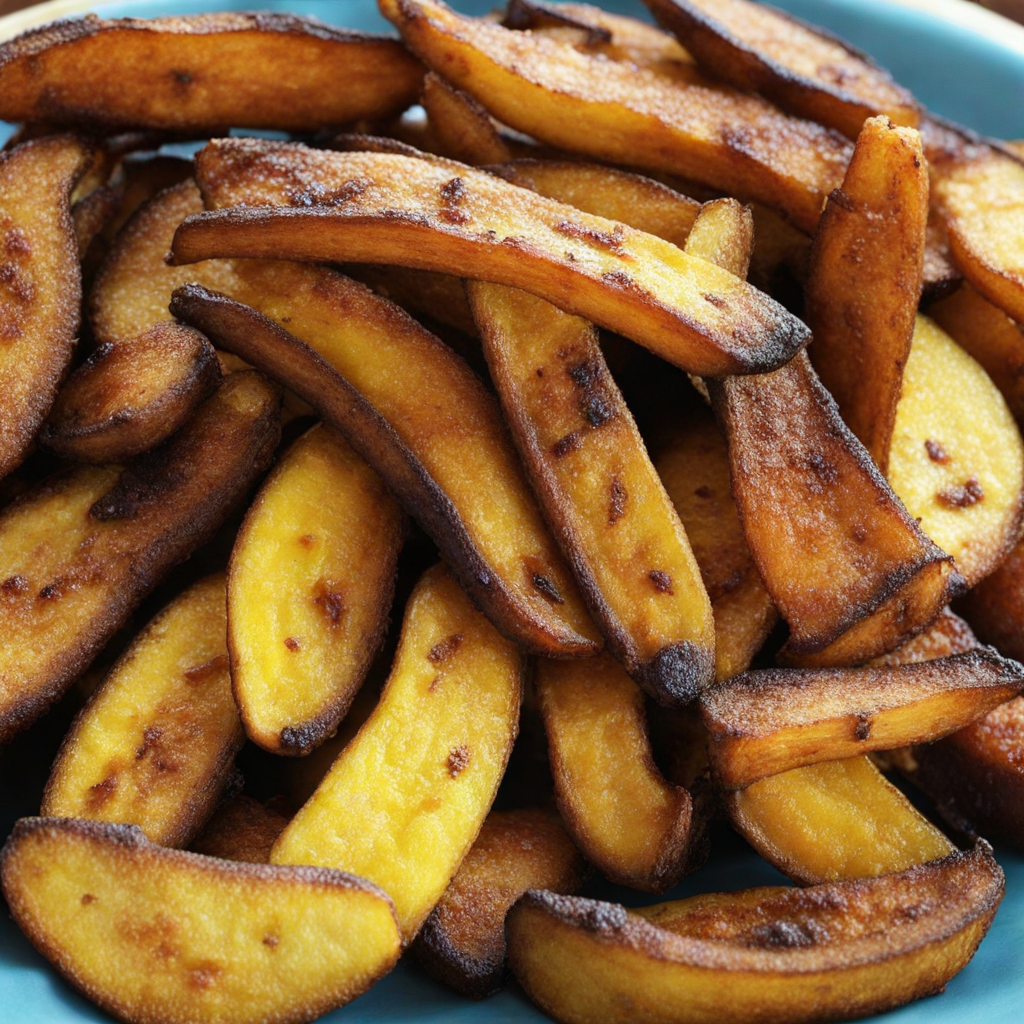Seafood Platter
The Seafood Platter from the Solomon Islands is a vibrant celebration of the ocean's bounty, showcasing an exquisite array of fresh, locally-sourced seafood. This dish typically features a medley of succulent fish, such as mahi-mahi and snapper, grilled to perfection and infused with the island's signature flavors. Accompanied by tender shrimp, juicy prawns, and sometimes the delightful sweetness of crab, each component is expertly prepared to highlight its inherent taste, often marinated with zesty citrus and aromatic herbs found in the region, like lemongrass and coriander. As you delve into this colorful platter, you'll discover the rich textures and flavors that the Solomon Islands are renowned for. The seafood is often served alongside traditional sides that complement the main ingredients, such as coconut rice, which absorbs the tropical flavors of the dish, or a refreshing salad made with local greens and tangy tropical fruits like papaya and mango. This combination not only enhances the sensory experience but also provides a perfect balance of flavors and textures. To elevate the tasting experience, the Seafood Platter is typically accompanied by a variety of dipping sauces, ranging from zesty lime and chili salsa to creamy coconut-based dips. The vibrant colors and enticing aromas of the dish transport you to the pristine shores of the Solomon Islands, making every bite a journey through the region's rich culinary heritage. Whether enjoyed by the beach or at a local eatery, this platter is not just a meal; it's an invitation to explore the flavors of the Pacific.
How It Became This Dish
The Seafood Platter of the Solomon Islands: A Culinary Journey #### Origins The Solomon Islands, an archipelago comprising over 900 islands in the South Pacific, is a treasure trove of biodiversity, both on land and in the surrounding waters. The indigenous Melanesian people have inhabited these islands for thousands of years, cultivating a rich cultural heritage deeply intertwined with the sea. The seafood platter, a vibrant assortment of marine delicacies, reflects this profound connection to the ocean and is a culinary staple that has evolved over generations. Historically, the Melanesians relied on fishing and gathering as primary sources of sustenance. They harnessed traditional fishing techniques, such as netting, spearfishing, and trapping, to procure a wide variety of seafood, including fish, shellfish, and sea cucumbers. The coastal communities utilized canoes made from local materials to venture into the bountiful waters, creating a subsistence lifestyle that thrived on the rhythms of the tides and the seasons. #### Cultural Significance The seafood platter is more than just a meal in the Solomon Islands; it is a symbol of community, identity, and cultural heritage. Traditionally, seafood was not only a source of nourishment but also played a vital role in social and ceremonial gatherings. The sharing of seafood, particularly during feasts and important celebrations, exemplifies communal bonds and the spirit of generosity inherent in Melanesian culture. It serves as a conduit for storytelling, where elders pass down knowledge about fishing practices, ancestral traditions, and the significance of specific marine species. In addition to its communal importance, the seafood platter embodies the islands' spiritual relationship with the ocean. Many Melanesians believe that the sea is inhabited by spirits, and certain fishing practices and seafood choices are often guided by traditional beliefs and taboos. For example, particular species may be reserved for special occasions or deemed sacred, while others might be avoided during certain times of the year to ensure sustainability and respect for the marine environment. #### Development Over Time As the Solomon Islands progressed through the ages, the seafood platter evolved in response to external influences and changing lifestyles. The arrival of European explorers, traders, and missionaries in the 19th century introduced new ingredients and cooking techniques that began to blend with traditional practices. This fusion led to an expanded understanding of seafood preparation, incorporating methods such as grilling, smoking, and marinating. One notable influence was the introduction of new cooking vessels, such as cast iron pots, which allowed for diverse cooking styles. The traditional method of cooking seafood over an open flame or in an earth oven (known as "mumu") was complemented by these new techniques, enabling cooks to experiment with flavors and presentations. As a result, the seafood platter began to showcase not only local species but also exotic ingredients such as coconut milk, chili, and lime, which became integral to the culinary landscape of the islands. In the latter half of the 20th century, globalization and tourism began to impact the culinary scene in the Solomon Islands. While the traditional seafood platter remained a beloved dish among locals, it also started to attract the attention of international visitors. Restaurants began to feature seafood platters on their menus, often presenting them in a more elaborate style with an emphasis on aesthetics. This transformation allowed for the incorporation of international flavors and garnishes, further diversifying the platter's offerings. #### Modern Seafood Platter Today, the seafood platter of the Solomon Islands is a vibrant and colorful representation of the archipelago's rich marine life and culinary heritage. A typical seafood platter may include an array of locally sourced delicacies such as fresh fish (like tuna, mahi-mahi, and snapper), crab, prawns, octopus, and various shellfish, often served alongside traditional accompaniments like taro, yam, and cassava. The use of coconut – whether in the form of coconut cream, grated coconut, or coconut oil – is ubiquitous, enhancing the flavors and adding a creamy texture to many seafood dishes. In modern times, sustainability has become a focal point in the preparation and consumption of seafood in the Solomon Islands. Local fishermen and communities are increasingly aware of the importance of preserving marine ecosystems and adhering to sustainable fishing practices. As a result, many seafood platters are now crafted with an emphasis on seasonal and locally sourced ingredients, ensuring that both tradition and environmental stewardship are upheld. #### Conclusion The seafood platter of the Solomon Islands is a culinary masterpiece that encapsulates the islands' history, culture, and relationship with the ocean. From its origins as a means of sustenance to its role as a symbol of community and identity, the platter has evolved over time, integrating diverse influences while remaining rooted in tradition. As the Solomon Islands continue to navigate the challenges of modernization and globalization, the seafood platter stands as a testament to the resilience of Melanesian culture. It invites both locals and visitors to engage with the rich culinary heritage of the islands, fostering a deeper appreciation for the ocean's bounty and the stories that lie within each dish. In every bite of the seafood platter, one can taste the essence of the Solomon Islands – a celebration of community, identity, and the enduring spirit of the sea.
You may like
Discover local flavors from Solomon Islands







